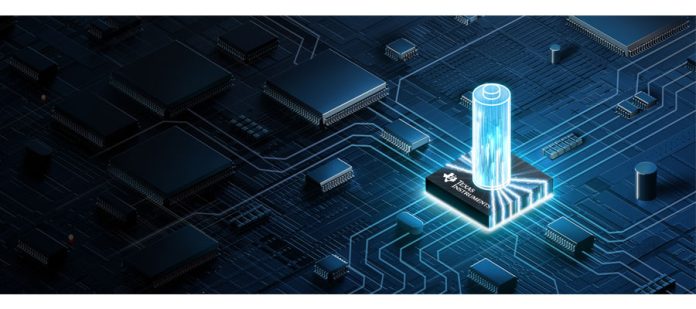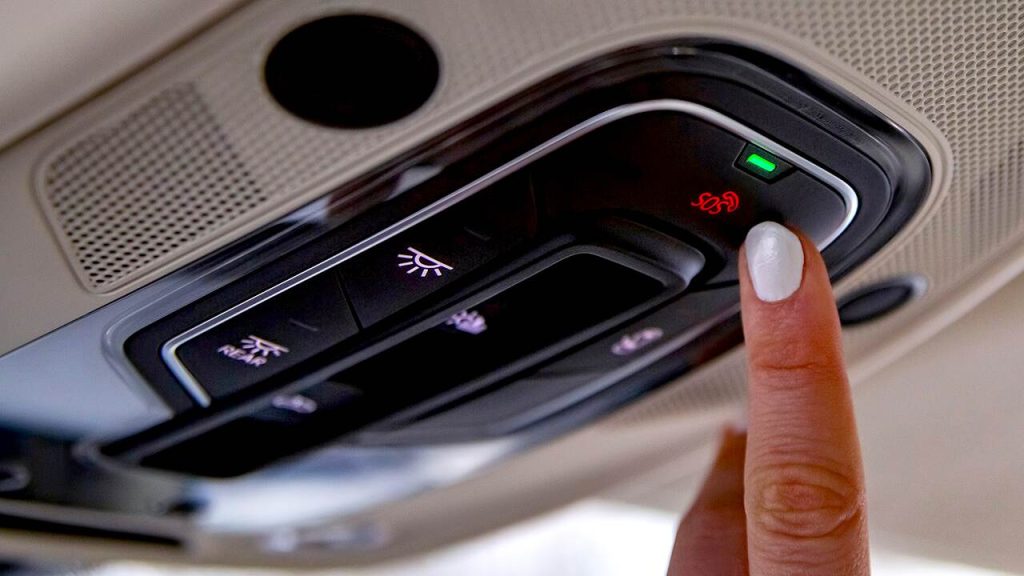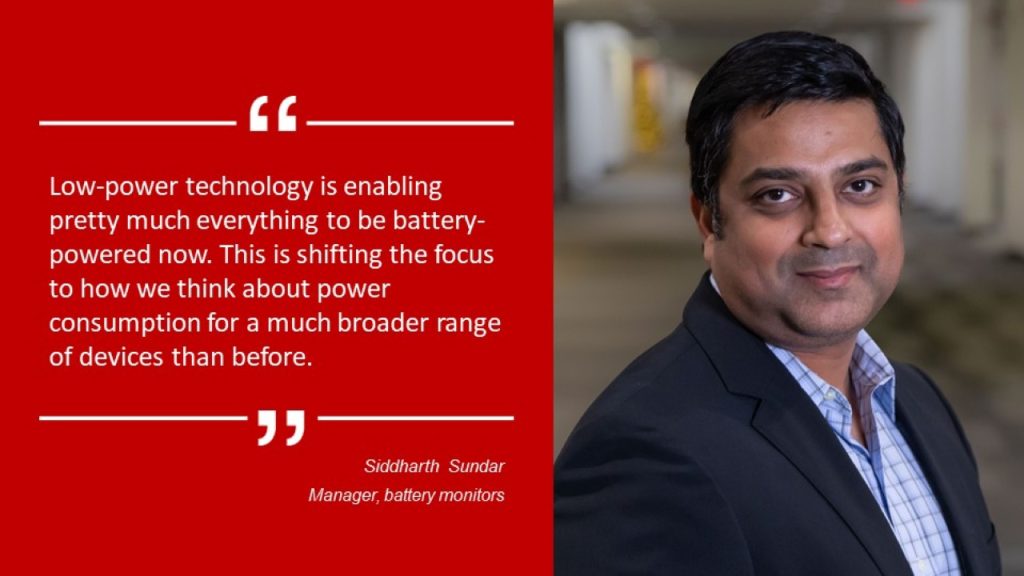Key takeaways
- Advanced power devices and battery monitors can drive huge savings in electricity.
- Low IQ technology enables smaller digital circuits while reducing lost power.
- Fast wakeup times significantly reduce energy consumption.
The rapid growth in electronic technologies and systems has made batteries ubiquitous, powering everything from personal electronics to electric vehicles (EVs). While the shift to battery power shows no sign of slowing, the design challenge remains: achieving higher battery performance for longer periods of time.
Low-quiescent-current (IQ) technologies are a big part of the answer. IQ is the power consumed when a device is on but not active – often called standby or sleep mode. Many battery-powered devices spend 99% of their lives in standby mode, powering up only when necessary. While IQ involves low-power loads, the ability to minimize it is crucial for battery efficiency. Innovative circuit designs in TI’s proprietary BiCMOS process technologies help enable very low IQ and help maximize battery run time without compromising system performance.
“Low-power technology is enabling pretty much everything to be battery-powered now,” said Siddharth Sundar, a manager in our company’s battery monitor business. “This is shifting the focus to how we think about power consumption for a much broader range of devices than before.”
How IQ breakthroughs are driving the growth of battery-powered systems
Batteries are spreading rapidly from small, personal electronics such as wireless headsets and laptops to much bigger devices, including industrial power tools, electronic vehicles and medical instruments.
The trend is expected to continue as Internet of Things technologies proliferate in homes, factories and businesses, making low-IQ innovation an important driver of efficient power use.
Design engineers have long developed IQ solutions for personal electronics, but face different challenges in bigger industrial and automotive applications that are now using batteries.
EVs need to have low power consumption when idling to conserve power while being able to seamlessly switch to being able to drive high power dynamic loads. EV drivers want assurance that their cars have adequate reserve power to drive if they have been parked for an extended period. They also want the ability to make an emergency call with their in-car eCall system, which is powered by a separate small battery, in case of an accident or another emergency.
No compromising performance or cost
Advances in semiconductor technology are helping solve design challenges as more applications join the transition to battery power, with IQ solutions that boost efficiency and reduce current leakage from components.
Our company is at the forefront of this innovation with power and battery-management devices that enable low-power consumption for battery-powered applications without compromising performance, solution size or cost.
For example, our BQ76952, a high-accuracy industrial battery monitor, enables a lower-power sleep mode of 1 uA to 10 uA, compared to 200 uA to 300 uA for active power. That saves 10 to 20 times the amount of current in standby operation while giving users the flexibility to have the right tradeoff between performance and power consumption in different use case scenarios.
Breakthroughs in process technologies have also enabled design engineers to reduce the leakage of current from battery-management devices. Most leakage comes from large digital circuits, memory and high-power field-effect transistors (FETs). However, our company’s high-density resistors and capacitors, combined with novel circuit techniques, enable smaller digital circuits, reducing leakage and IQ.
“A dedicated low-power process technology with the right high-voltage components can make a big difference, not just in terms of lowering the IQ of the chip, but also for boosting battery life over the long term,” said Vishnu Ravinuthula, design director for battery gauges at our company.
Fast wakeup times can improve battery life
While preventing leakage is one way to reduce IQ, ensuring that devices can switch quickly and efficiently between standby and higher-power loads is another. Power-supply accuracy, a measure of how close the actual output will be to the value to which it is programmed is often limited by its load transient response, which is a measure of how fast a device returns back to a targeted output voltage after an abrupt change in load current or supply voltage. A longer transient response increases energy consumption as devices power up from sleep mode. These fast response times such as our fast wakeup comparators and zero-IQ feedback control minimize transient response without compromising low-power consumption.
For example, our buck switching regulators and voltage supervisors have some of the best response and current detection times in the industry. They enable devices to wake up quickly, conserving power.
“Fast wakeup times are not just about meeting users’ expectations for convenience,” said Vladislav Merenkov, a marketing manager for boost converters and controllers at our company. “It’s also about significantly reducing energy consumption and improving battery life.”
With the growth in electronics showing no sign of slowing, IQ innovations will enable our industry to maximize power efficiency in an increasingly diverse and sophisticated set of battery-powered devices. With low standby and shutdown power modes, our IQ technology extends battery run times and shelf life, reducing cost without sacrificing performance.











